Can Machines Design Beautiful Typography? AI and the Future of Font Creation
Whether artificial intelligence can design unique, functional, high-quality font families — and what limitations and opportunities exist today.

Whether artificial intelligence can design unique, functional, high-quality font families — and what limitations and opportunities exist today.

Typography is one of the most human-centric design disciplines — slow, precise, obsessive, almost meditative. Creating a good typeface requires hundreds of micro-decisions: optical corrections, contrast distribution, spacing rhythm, kerning logic, personality, and function across sizes.
But in the era of AI-generated art, many designers ask:
This article takes a deep look at the current state of AI typography — its limits, strengths, and surprising potential.

Typography is not just drawing letters — it’s engineering, linguistics, psychology, and aesthetics combined.
AI struggles because type design requires:
Humans instinctively adjust what “feels right,” not what is mathematically perfect — overshoots, diagonal balancing, stroke tension, spacing nuance.
AI lacks this “optical intuition.”
A type family is a system, not 26 drawings. It involves:
AI can produce shapes but cannot maintain internal design logic.
A font must work:
AI generates images of letterforms — not functional glyph systems.
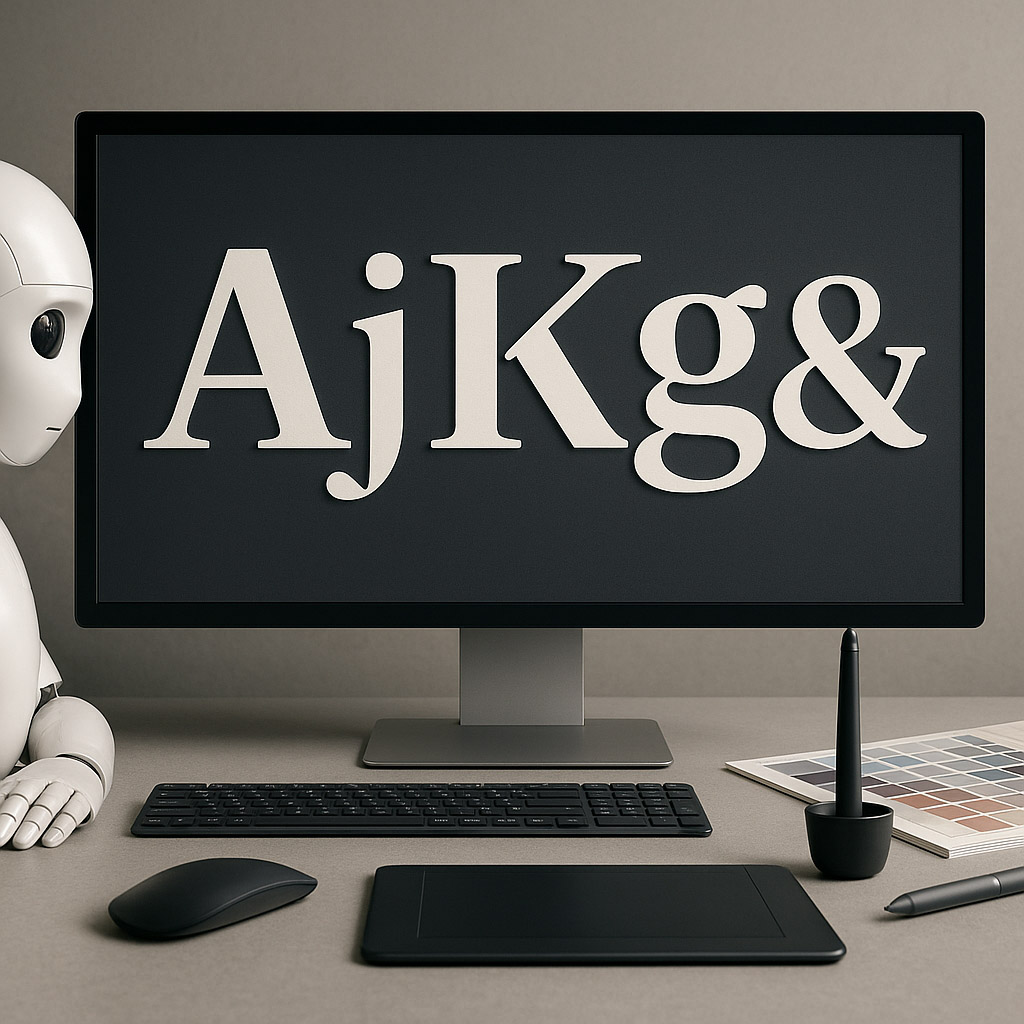
When designers generate type using models like Midjourney or Stable Diffusion, results often appear:
This is because AI does not understand:
“AI averages pixels. Typography is rule-driven art.”
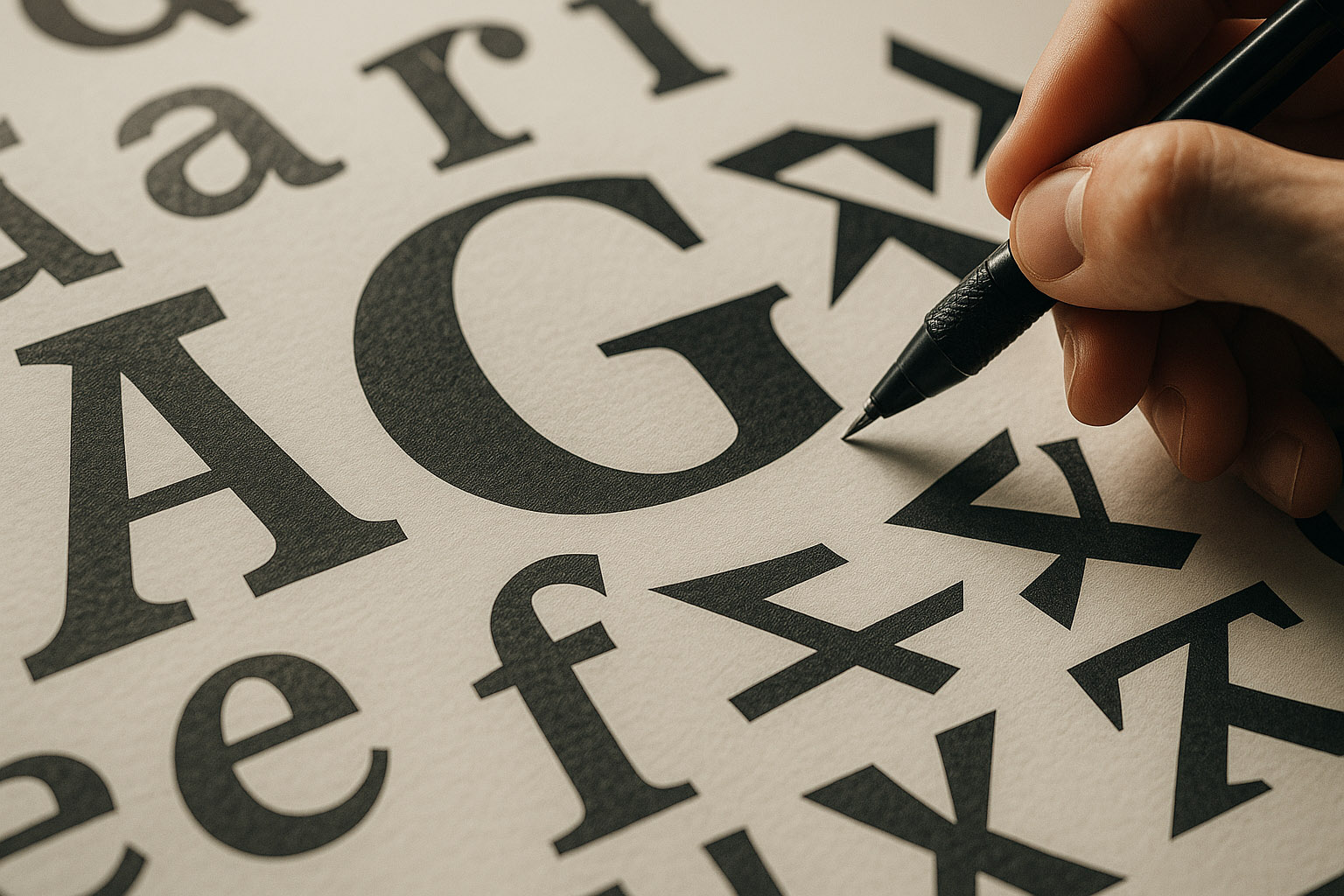
“Not yet. But eventually, yes — and probably sooner than many expect.”
“We are likely 2–5 years from early functional models and 10+ years from AI truly matching expert typographers.”
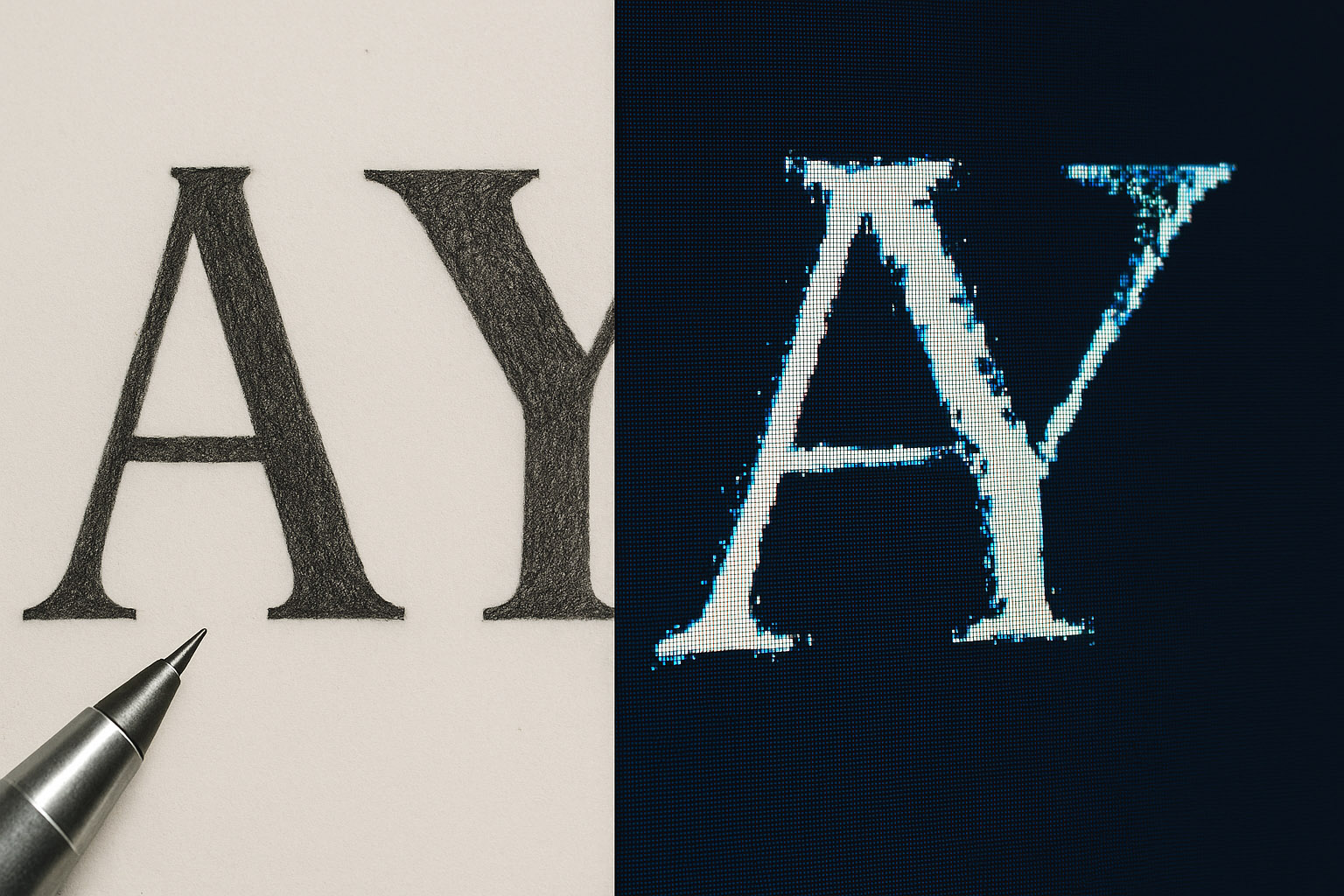
Instead of replacing typographers, AI will become a creative co-designer.
“Some labs have trained models on DNA folding patterns to explore new typographic skeletons. Results were bizarre but structurally coherent — showing AI can discover patterns humans do not naturally see.”

Human typographers often draw inspiration from:
AI excels at discovering pattern correlations across thousands of references.
Example prompt: “Compare proportions between 1950s Swiss watches and 1920s travel posters.”
AI can detect:
But AI cannot assign meaning or purpose — humans do.
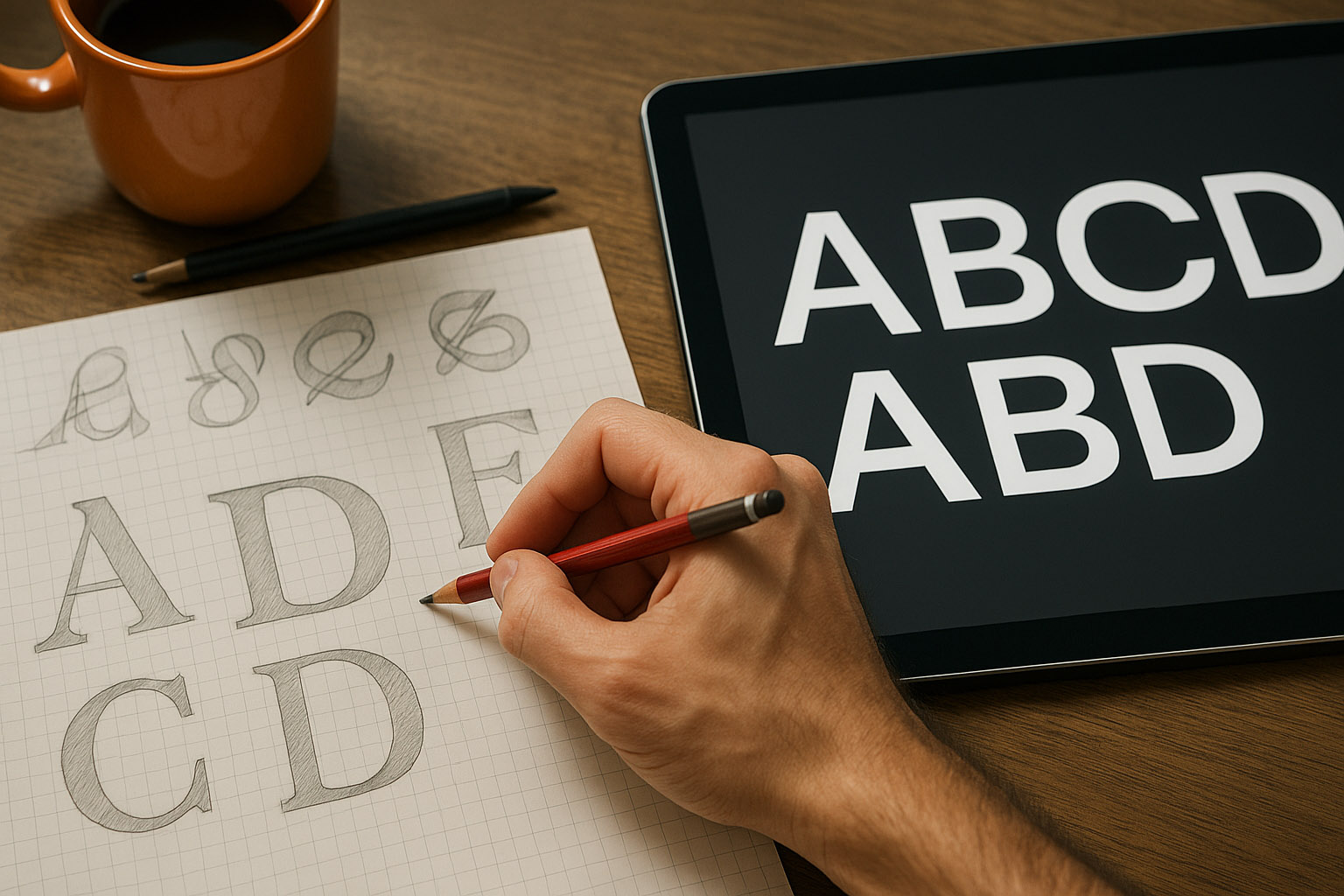
A typeface is:
AI lacks:
“Typography is meaning-heavy. AI is pattern-heavy.”

The most likely future approach:
This will enable:
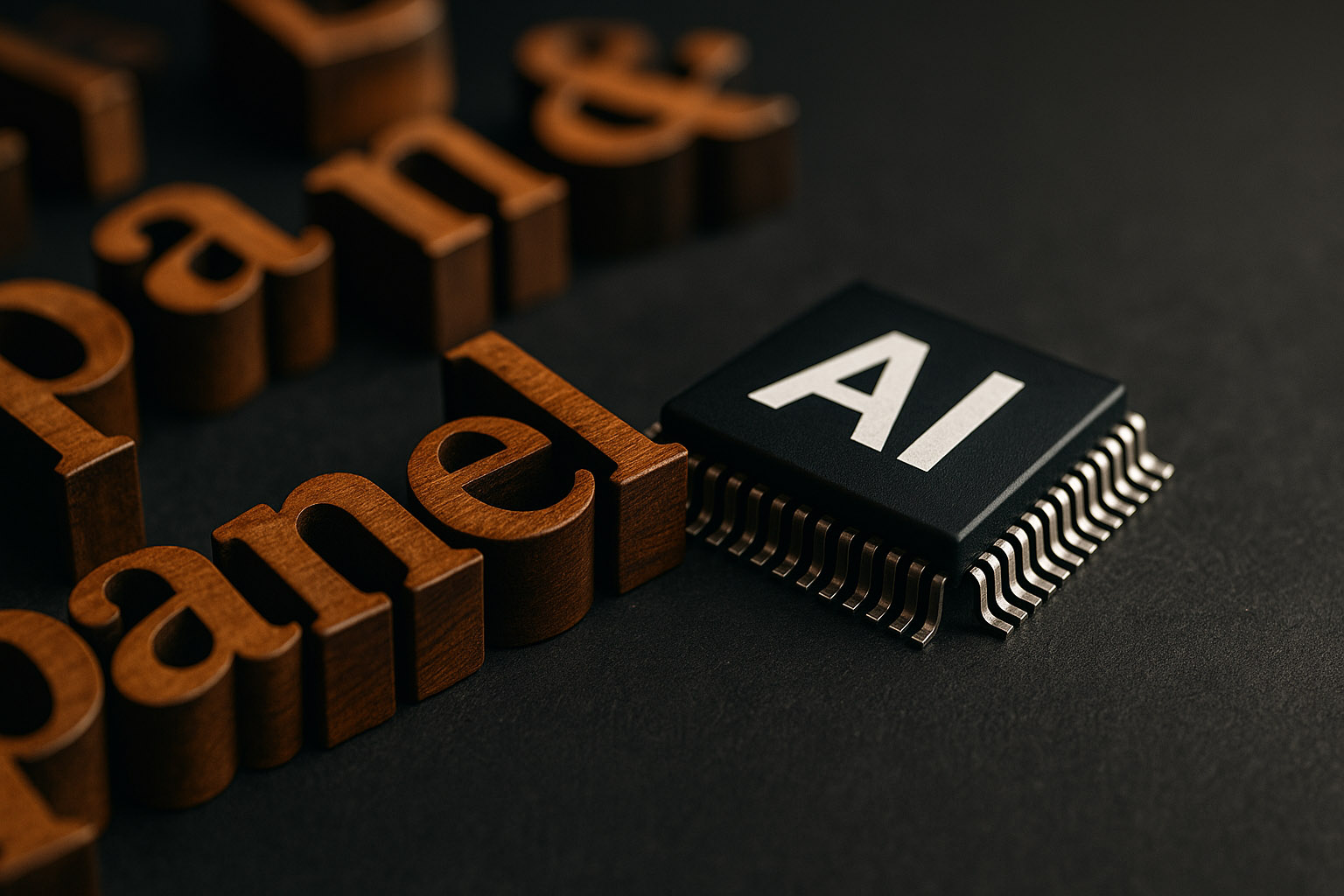
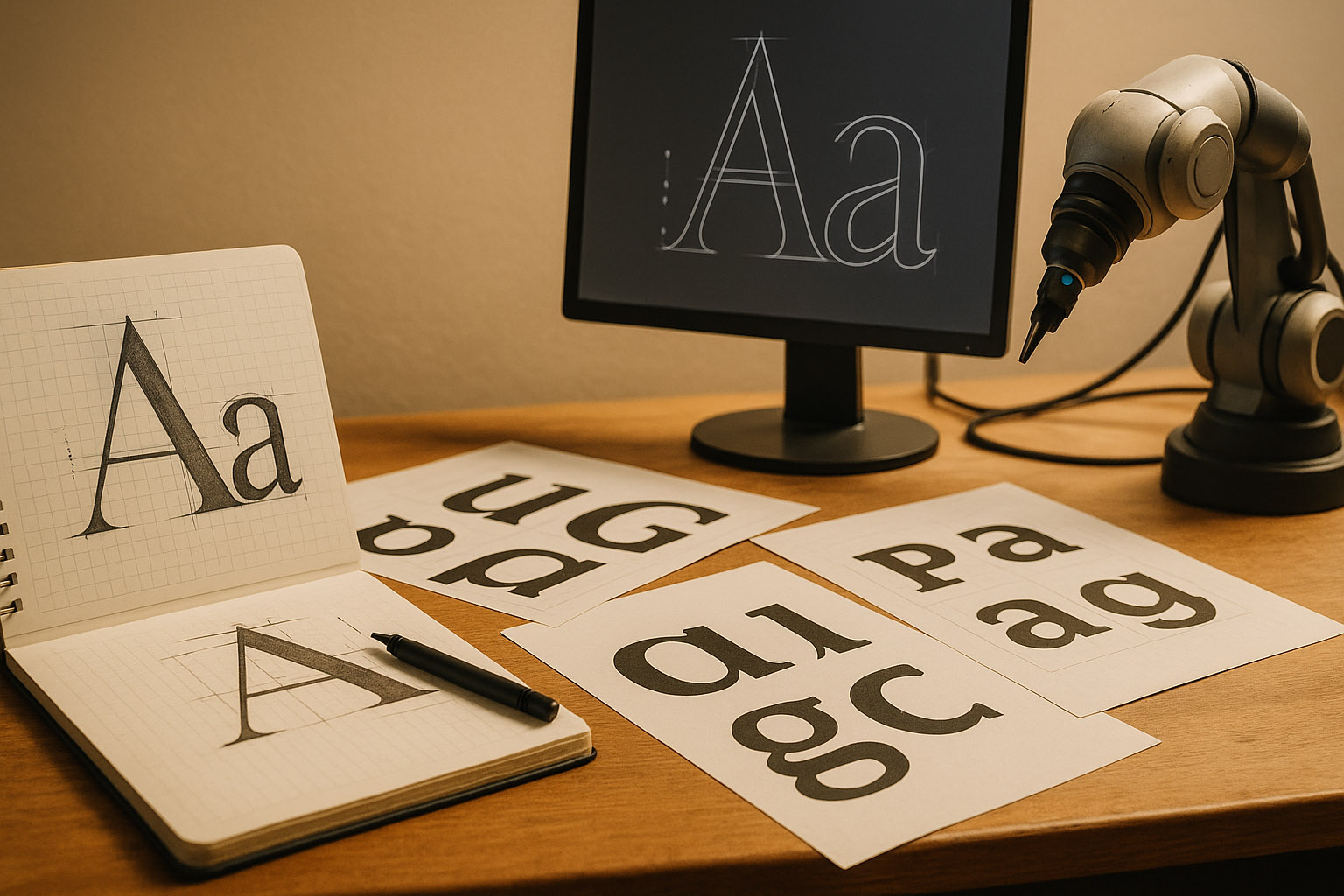
AI cannot produce a fully functional, high-quality type family.
AI will excel at:
But typography will remain rooted in human intention, narrative, and emotion.
Machines generate shapes. Humans generate meaning.
“The future belongs to typographers who use AI as a creative amplifier, not a replacement… Probably”
Send us your brief, your wildest idea, or just a hello. We’ll season it with curiosity and serve back something fresh, cooked with care.